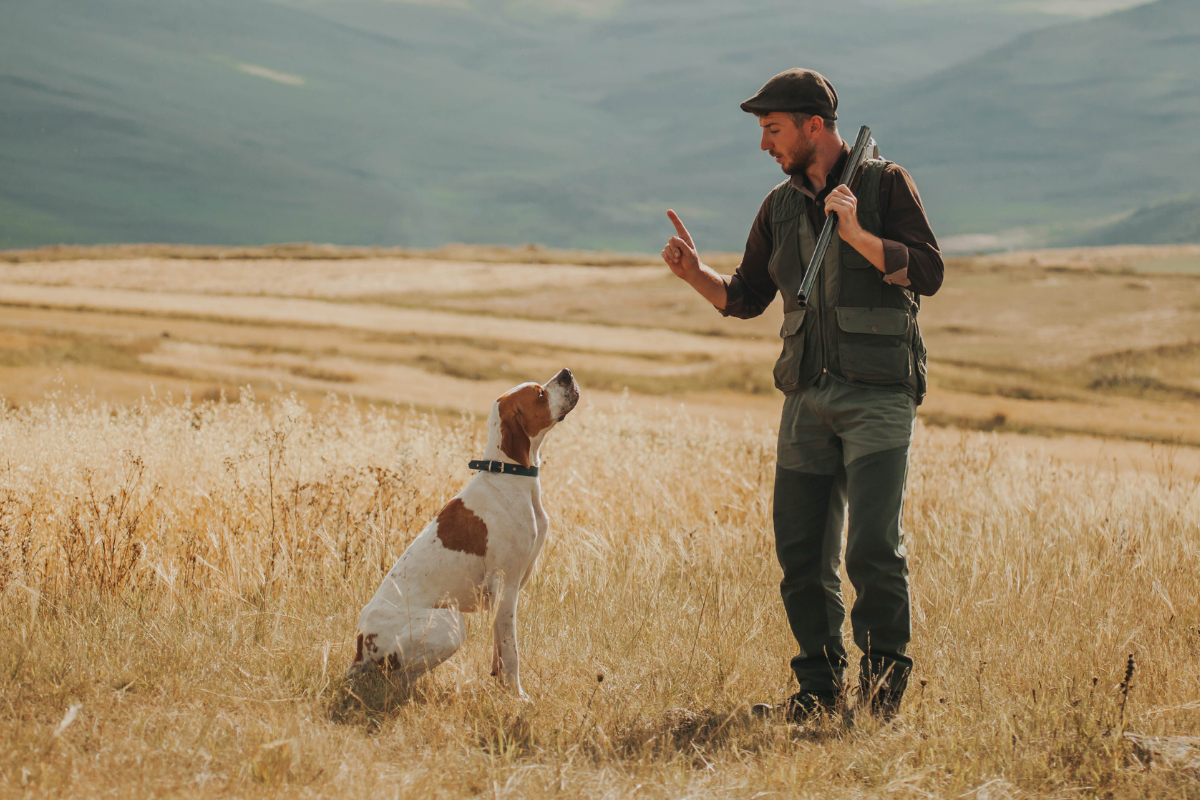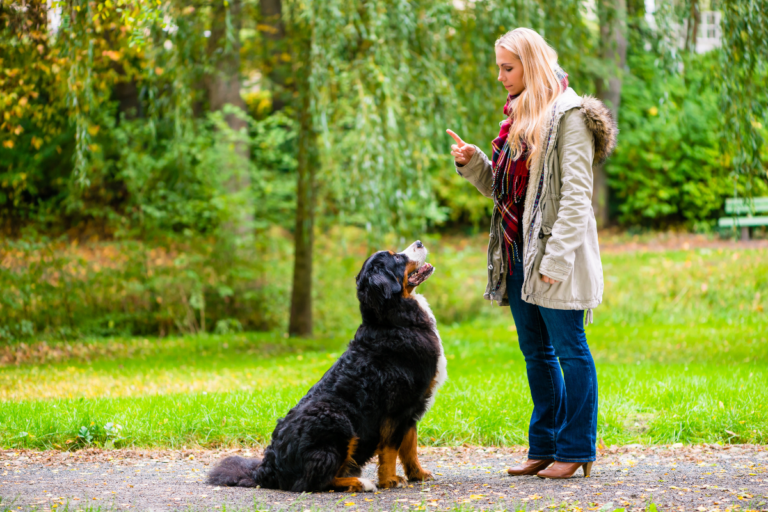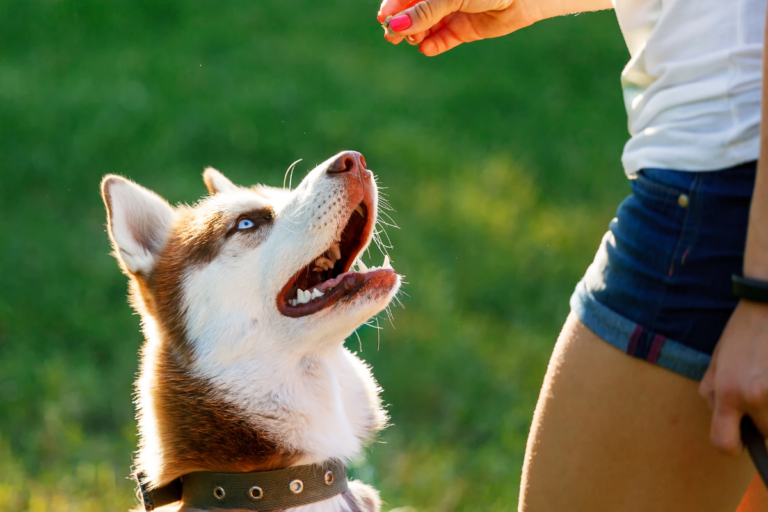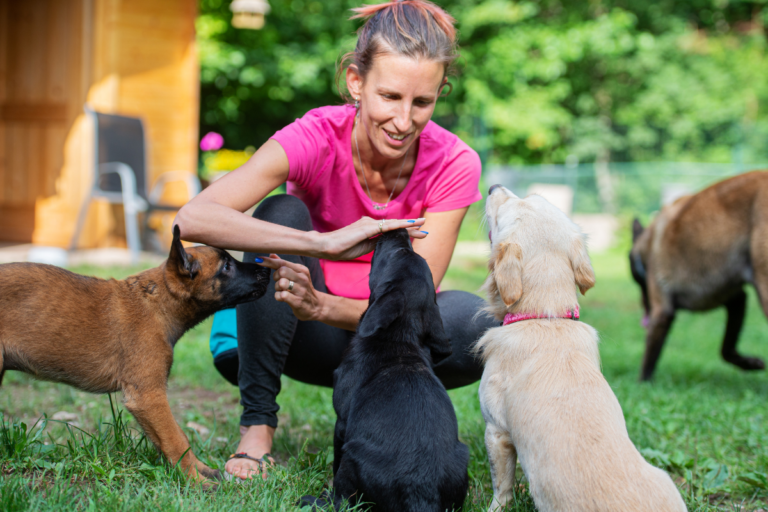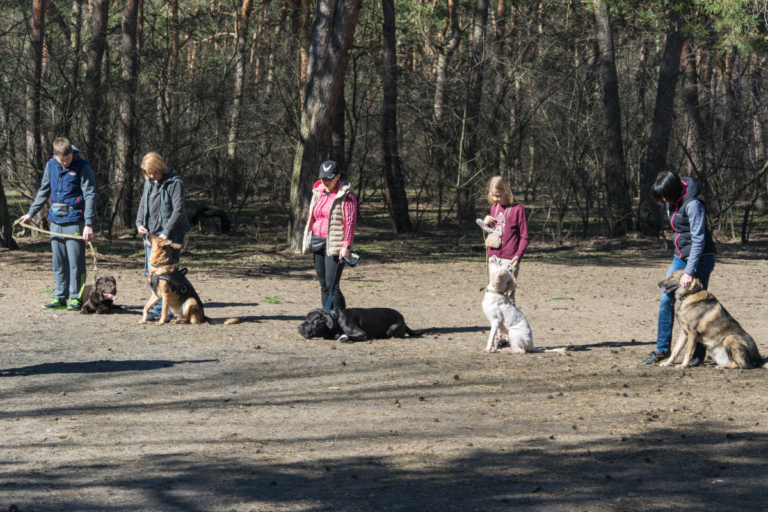Achieve Pawsome Results: Tips for Training Your Gun Dog
Training Your Gun Dog
Getting to Know Gundog Breeds
Gundogs have been the top dogs of hunting scenes for ages. These furry buddies were initially trained to assist gun-toting folks in hunting escapades. Think of them as the original hunting sidekicks. We’ve got an array of breeds, each carved out for a particular job: retrievers, spaniels, pointers, setters, and them versatile hunt, point, retrieve types (Purina UK). Each has something cool and unique up its sleeve when it comes to hunting skills.
These dogs have been comrades in the hunting hustle since before cell phones were a thing. Back in the day, humans figured out these pups could track, pursue, and fetch prey like champs. Over time, we’ve grown quite fond of these pups, creating breeds that are not just smart and trainable but also insanely loyal and instinctive. Besides their prowess in hunting, they know how to make great family pets too (Criddlefield Sports).
Gundogs? They’re basically bundles of energy wrapped in fur, just waiting for some action. Their lively spirits and natural flair have made them a hit, not only as hunting partners but also as part of the family.
Here’s a quick look at some usual gundog buddies:
| Breed | Job |
|---|---|
| Labrador Retriever | Fetching pros |
| English Springer Spaniel | Flushing and fetching whirlwind |
| German Shorthaired Pointer | Pointing out and fetching extraordinaire |
| Golden Retriever | Fetching fanatics |
Zapping Their Energy and Keeping Them Busy
Got a gundog? Brace yourself for a whirlwind of energy. These active furballs need both their minds and bodies to be busy to keep them in high spirits. Trust us, tired dogs are happy dogs!
As advised by Purina, these pups need around two hours of exercise daily, rain or shine. Toss in some variety to keep them on their toes:
- Let ‘Em Loose: Set that pup free to roam and sniff sans leash.
- Sniff Time: Get them to use their detective-like noses to suss out the surroundings.
- Check New Paths: Walk them through woods, fields, or splashy water for some adventure.
- Fetch Fun: Play games that mimic hunting vibes like fetching balls or dummies.
Choreographing activities allows them to unleash those rough-and-ready instincts while avoiding those pesky bad habits. Gundogs love nothing more than having a job to do.
If you’re itching to delve more into training techniques and decode dog behavior, take a peek at our guides on dog training classes, aggressive dog training, and reactive dog.
With the right insight into what makes gundogs tick, crafting a tailored training plan keeps our furry friends not just content, but downright bubbly, bright-eyed, and well-mannered.
Roles and Characteristics of Gun Dogs
Gun dogs, also known as gundogs, are the trusty sidekicks for hunters, bred specifically to help in fetching game. These dogs are versatile, each equipped with its own set of superhero skills. Let’s dive into the world of retrievers, spaniels, pointers, and setters.
Retrievers, Spaniels, Pointers, and Setters
Retrievers
Retrievers, like the ever-popular Labrador Retrievers, are famous for their knack for fetching. They’re patient, accurate, and pay attention to their human bosses. Whether on land or in water, they bring back game without so much as a scratch—talk about soft mouths!
Spaniels
You can’t talk spaniels without mentioning working-bred beauties like the English Springer Spaniels. These jazzed-up pooches are hyper-enthusiastic, tearing through the bushes to flush out hiding game. Their zigzag moves, known as quartering, are legendary when it comes to finding and flushing game.
Pointers
Meet the English Pointer, the superstar in open spaces with its super-sniffer skills (Totally Gundogs). They play a game of ‘freeze,’ pointing out critters while holding still until given the go-ahead. Pointers need wide open spaces to roam and burn off that high voltage energy.
Setters
The graceful Irish Setter is akin to a pointer but adds an extra touch of elegance and speed. These dogs pace the field with style, sniffing out game before doing the ‘set’—a graceful crouch that signals the find. With a calm demeanor and easily trainable nature, setters make awesome field and home companions.
Check out this quick peek at these breeds:
| Breed | Main Job | Key Traits |
|---|---|---|
| Labrador Retriever | Fetching game on land and in water | Patience, accuracy, gentle bite |
| English Springer Spaniel | Flushing game from thick cover | High energy, enthusiasm, expert at quartering |
| English Pointer | Sniffing and pointing out game in the open | Athletic build, sharp sense of smell, clear pointing style |
| Irish Setter | Upping game for the hunter | Elegance, speed, chill temperament |
Key Qualities of a Good Gun Dog
A gun dog that rocks its role shows off some must-have traits:
- Trainability: Being quick on the uptake is crucial; these dogs need to learn fast and follow instructions without a hitch.
- Obedience: Listening and acting promptly are essential, especially when distractions abound.
- Stamina: No couch potatoes here! These dogs, like spaniels and setters, have energy reserves for days to keep going and going.
- Patience: Retrievers need this in spades—waiting quietly for the magic word from their human buddy.
- Temperament: Staying calm and level-headed helps them keep their cool during the hustle and bustle of hunting.
These traits make a gun dog not just a field superstar but also an awesome companion.
Understanding what makes each gun dog tick helps shape training that aligns with their instincts and skills. If you’re keen on honing their talents, check out our insider tips on training techniques for gun dogs.
These faithful hounds with their special skills and instincts are hunters’ best friends. Their training is key to sharpening their abilities, turning hunts into seamless successes every time.
Training Techniques for Gun Dogs
Getting your gun dog into shape is all about routine and using tricks that’ll have your pooch on point in no time. In this little chat, we’re gonna talk about teaching your buddy those vocal instructions and blowing that whistle for commands.
Establishing Verbal Commands
Giving your dog the lowdown with verbal commands is where it all kicks off. It’s like teaching them a secret language. Let’s break it down:
- Spot the Move: First things first, figure out what you want Fido to learn. Like “sit” or “hup”, they’re classics.
- Break Out the Snacks: Snacks ready? Treats are your secret weapon when they nail it.
- Say the Magic Word: Call them over, flash that treat, and with your best cheerful voice, go, “sit” or “hup”.
- Celebrate the Win: When they plop that butt down, give them the treat and tell them they’re the best.
Keep repeating this game and soon enough, they’ll get it like clockwork. Pro tip – stick to one word per action, none of that mumbo jumbo. You’ll have a much easier time keeping things on track (Gun Dog Magazine).
| Command | Behavior | Reward |
|---|---|---|
| Sit/Hup | Dog sits down | Snack and Cheers |
| Stay | Dog stays put | Snack and Cheers |
| Fetch | Dog brings it back | Snack and Cheers |
Need a bit more on training doggy personalities? Check out our piece on aggressive dog training.
Introduction of Whistle Commands
Once your furry friend has nailed those words, it’s time to jazz it up with some whistle action. Great for when you’re out hunting or just showing off. Here’s how you ramp up training with the whistle:
- Lock in the Words First: Make sure they’re steady with what you’ve taught. They gotta know what you mean.
- Pair it Up: Pick out a unique toot for each command. Like, short whistle for “sit”.
- Practice Both: Start using the whistle right after your word. Reward and repeat as before.
- Whistle Only: Slowly dial down the words, going full whistle.
This routine will blend their old training with the new sounds.
| Command | Whistle Sound | Behavior |
|---|---|---|
| Sit/Hup | Short Blast | Dog sits down |
| Recall | Long Blast | Dog returns to handler |
| Stop | Multiple Short Blasts | Dog stops and stays |
With these steps, a bit of pep in your step and some good vibes, your pup will be on their A-game. For more on turning training into gold, dive into our guide on dog training classes.
Chattin’ with Your Gun Dog
Talkin’ to our gun dogs ain’t just chatter—it’s a game-changer for training. Buildin’ a tight bond through straight-shooting commands and clear-as-day communication makes all the difference in how they act and learn.
Keep Commands Steady
Being steady with commands is the bread and butter of teaching gun dogs (Gun Dog Magazine). We gotta stick to the same script every time to keep our tail-waggin’ pals from getting mixed up.
- Stick with One Word: Pick one word for a command and stick to it. If we want Fido to sit, it’s always “sit”—none of that “take a seat” or “chill out.”
- Same Tone Every Time: Our tone needs to be like clockwork. Peppy and upbeat gets their tails waggin’, ready to listen.
- Teach, Tag, Treat: When teachin’ a trick, make sure to drill it, slap a name on it, and toss a treat when they nail it. This helps our four-legged buddies get the knack (Gun Dog Magazine).
| Command | Quick Example |
|---|---|
| Sit | “Sit” |
| Stay | “Stay” |
| Fetch | “Fetch” |
| Come | “Come” |
| Heel | “Heel” |
Get more lowdown on trainin’ antics in our k9 dog and ruffian dog trainin’ guides.
Unplugging Strong Communication
Communication ain’t just what comes outta our mouths. It’s about readin’ our dog’s vibes and usin’ the right gear to keep them on track (Gun Dog Magazine).
- Read the Vibe: Our moves and vibes should back up our words. Dogs are kinda mind readers with body language, so a point here or a nod there helps stamp in that command.
- Whistle While You Work: A whistle can cut through the noise when words won’t do—like when your gun dog is off doing their thing in a big ol’ field. It’s backup for our spoken commands (Gun Dog Magazine).
- Rewards Galore: Every time our dogs get it right, dole out treats, some lovin’, or a bit of playtime. Positive vibes build a bridge of trust and make ’em eager to do it again.
Get your gun dogs into stuff like agility, trials, obedience, and nose games to crank up the dialogue (Your Dog). Peek at our insights on dog trainin’ classes or top dog learners.
By stickin’ to steady commands and strong communication, we’re setting up our gun dogs to shine in their trainin’. Dive deeper in our reads on puppy trainin’ classes and pack behavior.
